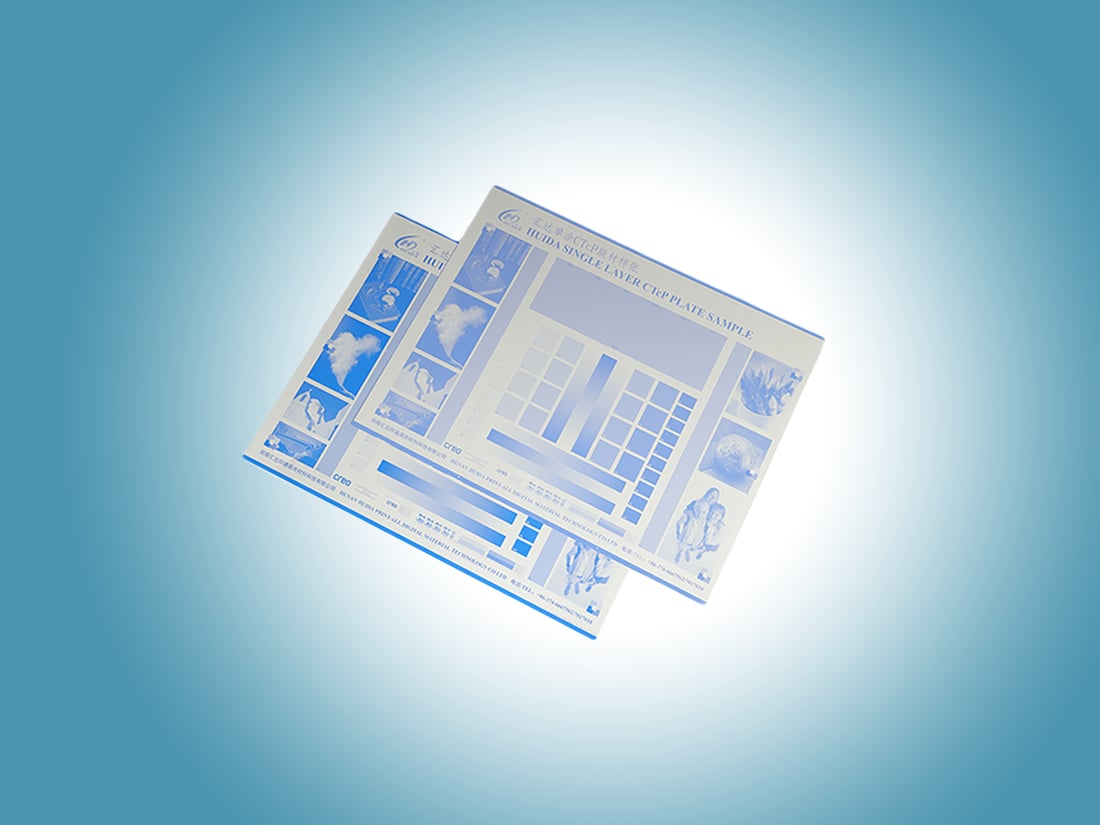CTCP is the English abbreviation of Computer To Conventional Plate, which refers to computer-to-conventional plate making on traditional PS plates.
What is CTCP Plate?
CTCP is the English abbreviation of Computer to Conventional Plate, which refers to computer-to-conventional plate making on traditional PS plates. The basic imaging principle of the plate and the light source have basically not changed. The only requirement is that the UV-Setter is configured in the system.
Most of the offset printing plates can be imaged using UV-Setter exposure. Just use digital micromirrors instead of film, and step-by-step seamless splicing area exposure to replace the one-time imaging of the entire format. It not only has the high quality and efficiency of CTP but also retains the characteristics of easy operation and stable performance when printing on traditional plates.
It uses ultraviolet light in the wavelength range of 360~450 to expose images on conventional plates, which inherits the advantages of CTP, such as timeliness and high quality, while effectively compensating for the cost disadvantages of the prepress reproduction process due to the use of dedicated CTP plates.
The Unique Advantages of UV CTP
(1) Significantly reduce pre-press production costs
a. It simplifies the technological process and reduces the traditional process of film production, manual imposition, printing, and other processes, which can save consumables and related costs.
b. It is suitable for any traditional PS plate, using conventional developing machines and processing chemicals, and is easy to operate in bright room conditions.
(2) Reduce printing debugging time and material loss
There is no need for plate positioning, and there is no need to re-make plates due to inaccurate positioning, which avoids spending a lot of time correcting the plate during printing on the machine, minimizes the time for short-run printing plate change and on-machine debugging, and reduces water, paper, consumables usage such as ink during debugging.
(3) More flexible in production
The platform-type exposure structure has incomparable advantages over other exposure structures. Missing pages can be left blank. It will expose the existing pages first and then supplement the empty files. There is no need to wait passively like other CTPs. The page is ready to be exposed. It can expose 2 small plates at the same time.
(4) Flexible selection of printing plates
For different jobs, both negative and positive versions can be used, and the initiative is completely controlled by the customer. Generally, the negative pattern regular PS version is used to print text-based products. If the image area on the printing plate is large, or some special inks are highly corrosive, you can use the positive PS version, which saves time and is more efficient.
(5) Fast, stable, and smooth integration with the traditional PS printing process
The PS version's on-machine printing and image reproduction capabilities have been tested in the market for a long time and have been recognized. The technical process has been perfected and has been widely used in the printing industry. The introduction of CTCP can continue to use the original plate processor and developer solution; and can reduce the downtime for plate change during printing. The original printing parameters such as ink balance and printing pressure do not need to be re-tested. It not only ensures the stability of printing but also ensures economy and high efficiency.
The Disadvantages of UV CTP
However, it also has some disadvantages.
(1) The production time is slower than thermal plate-making technology;
(2) the highest resolution can reach 2540dpi. It is difficult to catch up with the resolution of laser CTP plate making;
(3) high power consumption of the light source;
(4) a high-power UV light source is easy to heat up and there are difficulties in cooling and heat removal.

